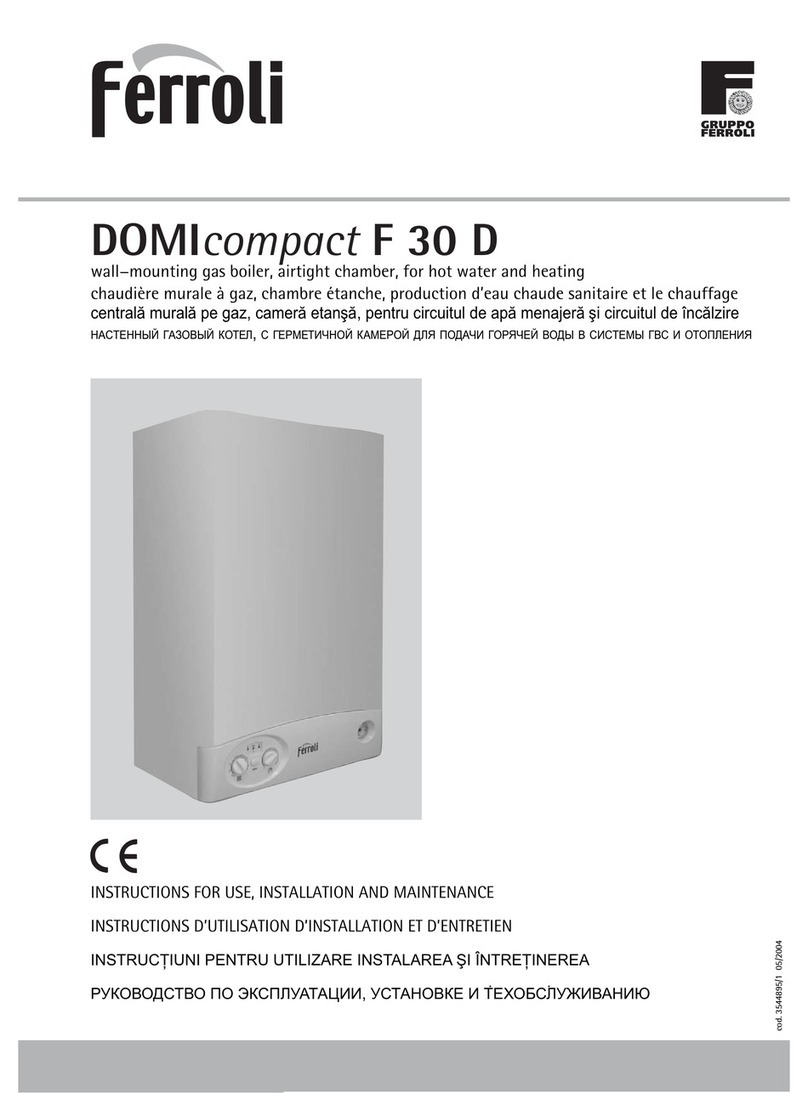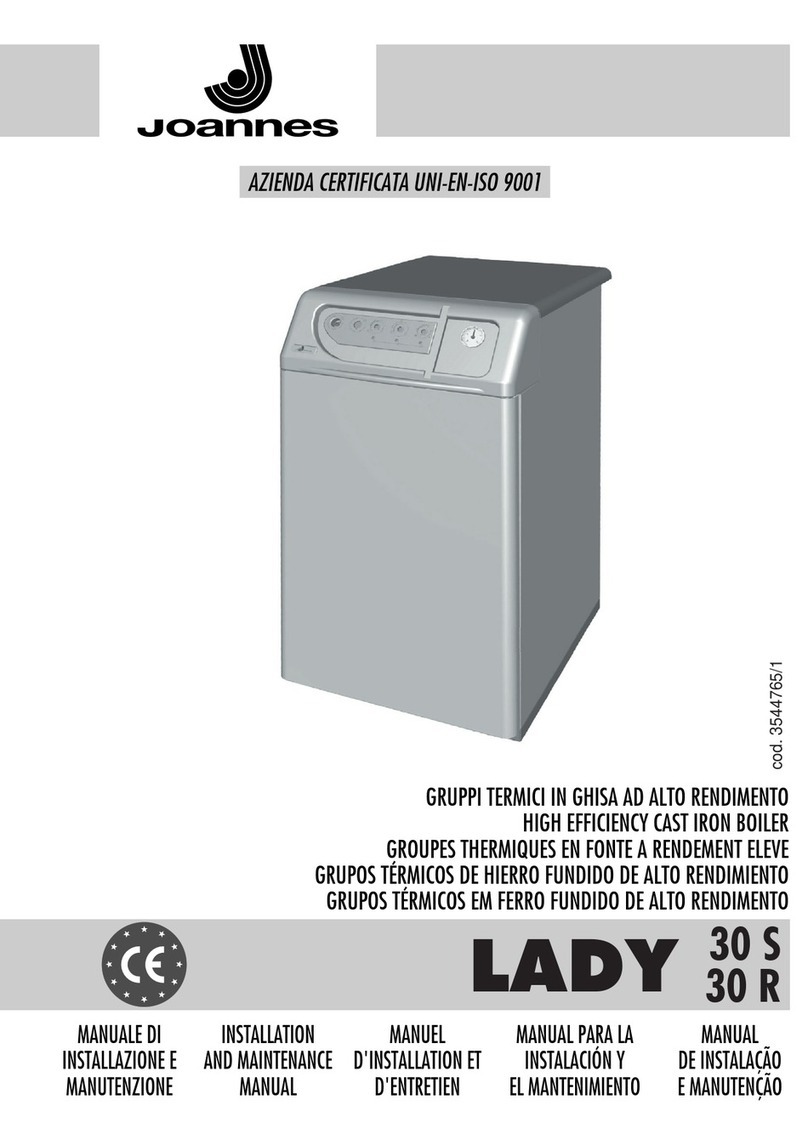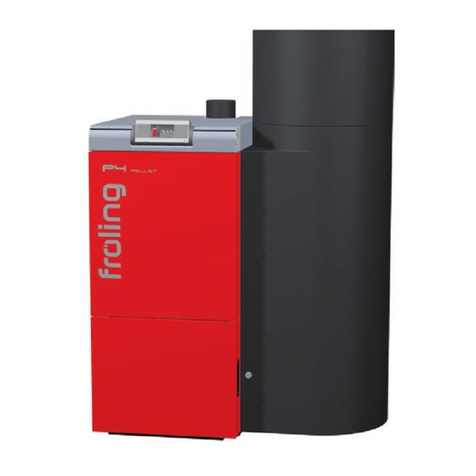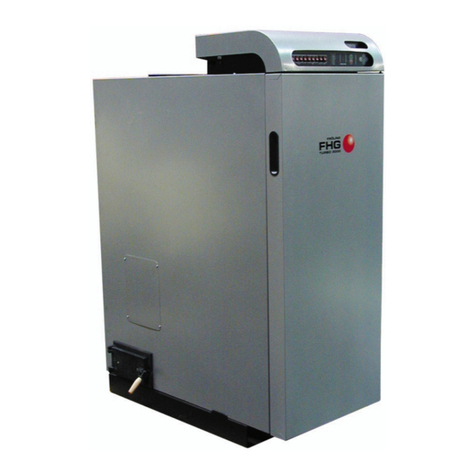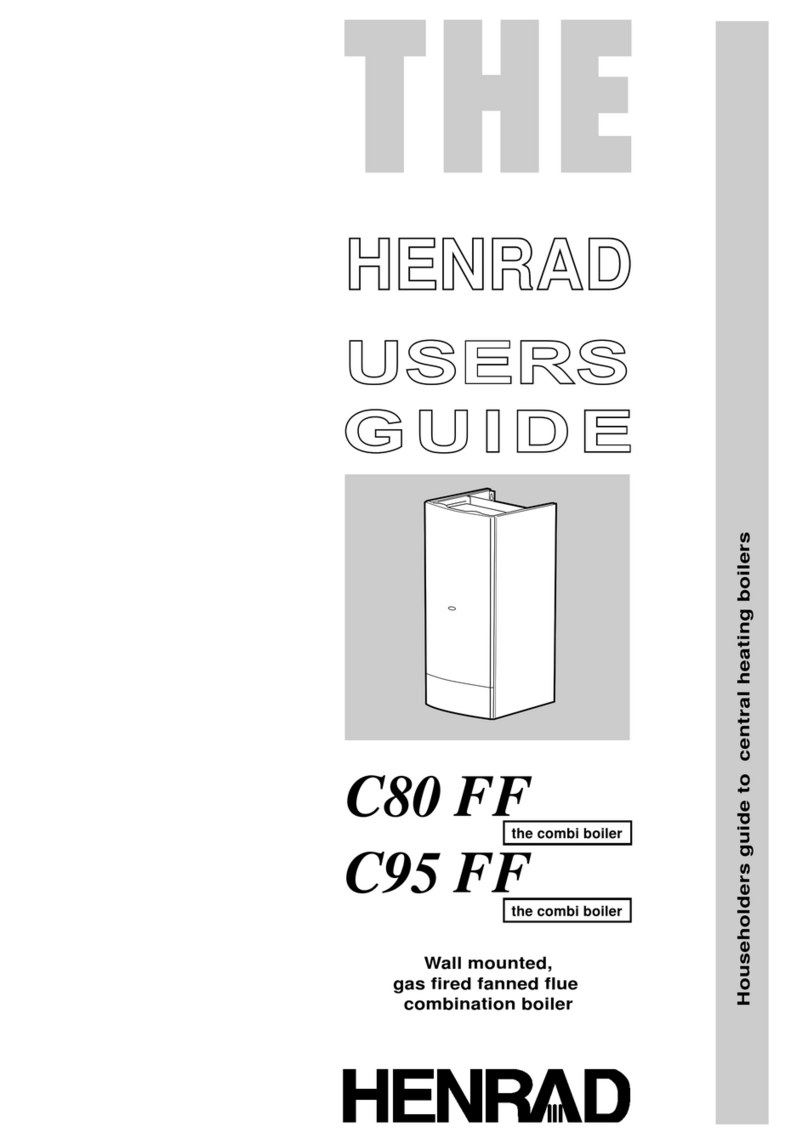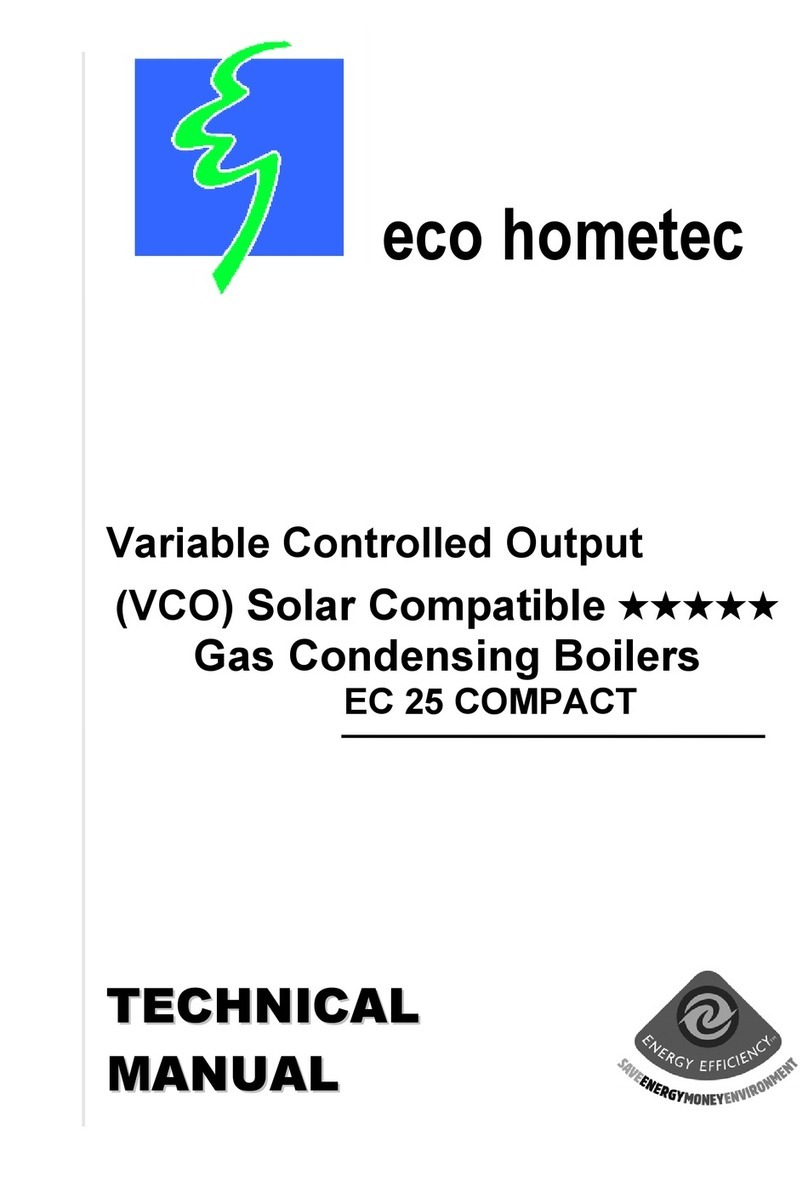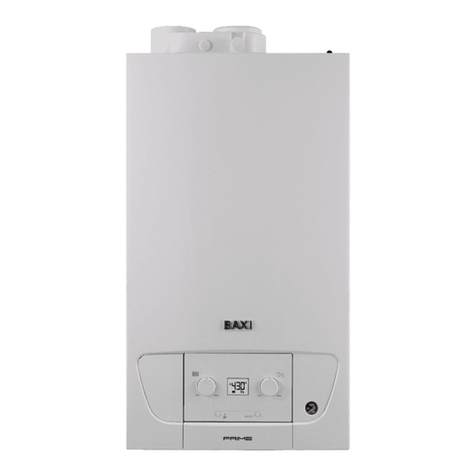
A 1
A. INTRODUCTION
Congratulations on choosing the Atlas™ Triton Series™
high efciency boiler! The Triton Series™ combines solid
engineering and innovative design with all the quality and
features you would expect from a company with a proud
100 year tradition of building safe, reliable, high quality
products in the USA.
Your Triton boiler is E.T.L. tested, certied and listed and
is constructed and stamped in accordance with Section IV
of the ASME Code. The boiler is also AHRI IBR Listed per
BTS 2000.
A.1. STANDARD FEATURES & BENEFITS
A.1.a. Compact Water Tube Design
The Triton is a compact, vertically red water tube boiler
utilizing a double row, high nned copper tube design to
maximize efciency while minimizing the boiler footprint.
The gasketless cast iron headers are a 4-pass congura-
tion.
A.1.b. Quality Construction Built in the USA.
Triton Series™ boilers are 100% designed and manufac-
tured in the USA in accordance with ASME Code Section
IV. The nest quality components are used for many years
of trouble free service.
A.1.c. Advanced Pre-mix Gas Delivery and
Combustion System
Triton Series™ boilers provide clean, efcient combustion
with very low emission levels. The gas delivery system is
powered by a combustion blower which forces air and gas
into the venturi which pre-mixes the gas before entering
the combustion chamber. The Triton burner is a knit metal
alloy ber design which optimizes heat transfer, minimizes
surface temperatures, and is resistant to clogging.
A.1.d. Controls
The Triton Series™ uses the advanced Honeywell SOLA
control system and high-resolution color LCD touch screen
Operator Interface display. This system provides the user
clear, quick and easy access to all of the system’s features
and capabilities from a single, user-friendly interface. Up
to 8 Triton Series™ boilers can be operated in a lead-lag
installation using standard controls.
A.1.e. Heavy Duty, Solid Steel Cabinet
Triton Series™ boilers include a solid, 18 gauge steel cabi-
net. The cabinet is nished inside and out with a tough UV
rated, outdoor quality powder coat paint.
A.1.f. Ease of Installation and Maintenance
Triton Series™ boilers include a heavy steel base with pal-
let jack access for ease of installation and movement. Rou-
tine maintenance and service are made simple with easy
access to all components front and rear. The entire heat
exchanger is easily removable and replaceable using hand
tools only, without performing welding or cutting operations
and without the use of gaskets.
A.1.g. Smart Boiler Control System
Triton Series™ boilers are factory equipped to accept the
accessory Smart Boiler Control System™. The Ajax Boiler
Inc. proprietary Smart Boiler Control is a web-based system
providing 24/7 access to the boilers operational perfor-
mance from any computer or smart phone with an internet
connection. The system allows personnel to conveniently
monitor critical boiler information including inlet/ outlet
temperatures, stack temperatures, firing rates, cycle counts
and much more can be easily accessed and analyzed, to
maximize boiler performance and safety.
A.2. MISCELLANEOUS
This manual covers installation, maintenance, and operat-
ing instructions for Atlas™ Triton Series™ High Efciency
hot water boilers. Please review the entire manual carefully
before installation or operation, and keep it in legible condi-
tion with the boiler at all times for reference. If this manual
is misplaced or lost, check the Ajax Boiler Inc. website,
www.ajaxboiler.com to print an electronic copy or contact
your local Ajax Boiler Inc. representative.
The following terms and signs are used throughout this
manual to bring attention to the presence of hazards of
various risk levels, or to important information concerning
product life.
!
DANGER:
Indicates an imminently hazardous situation
which, if not avoided, will result in death, serious
injury or substantial property damage.
!
WARNING:
Indicates a potentially hazardous situation which,
if not avoided, could result in death, serious injury
or substantial property damage.
Triton Series™ boilers are factory equipped to accept the
accessory Smart Boiler Control System™. The Ace Heating
Solution, LLC proprietary Smart Boiler Control is a web-based
system providing 24/7 access to the boilers operational
performance from any computer or smart phone with an internet
connection. The system allows personnel to conveniently
monitor critical boiler information including inlet/ outlet
temperatures, stack temperatures, firing rates, cycle counts
and much more can be easily accessed and analyzed, to
maximize boiler performance and safety
This manual covers installation, maintenance, and operating
instructions for Atlas™ Triton Series™ High Efficiency
hot water boilers. Please review the entire manual carefully
before installation or operation, and keep it in legible
condition with the boiler at all times for reference. If this
manual is misplaced or lost, check the Ace Heating
Solutions, LLC. website, www.aceheatingllc.com to print an
electronic copy or contact your local Ace Heating Solutions,
LLC. representative. The following terms and signs are used
throughout this manual to bring attention to the presence of
hazards of various risk levels, or to important information
concerning product life.
